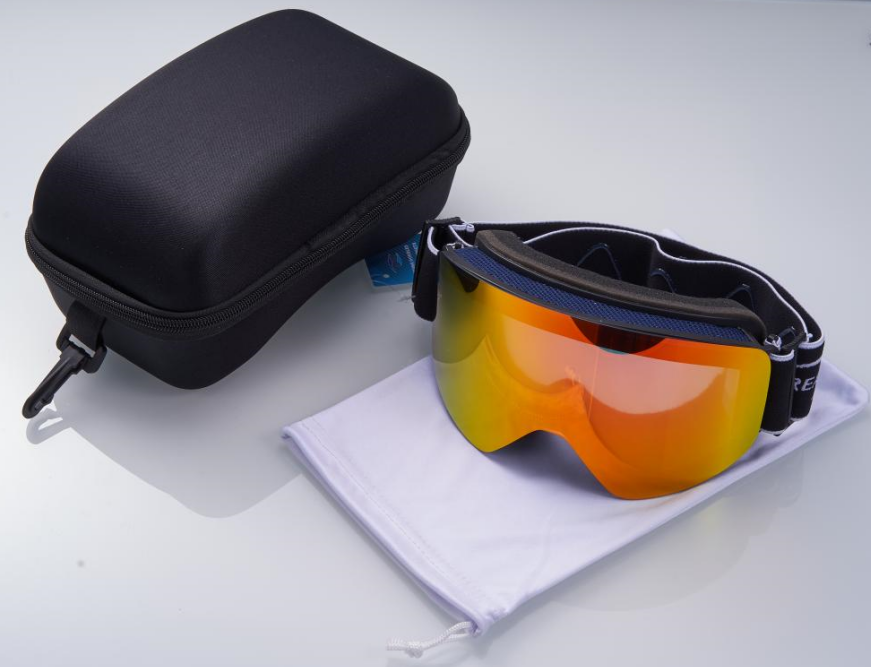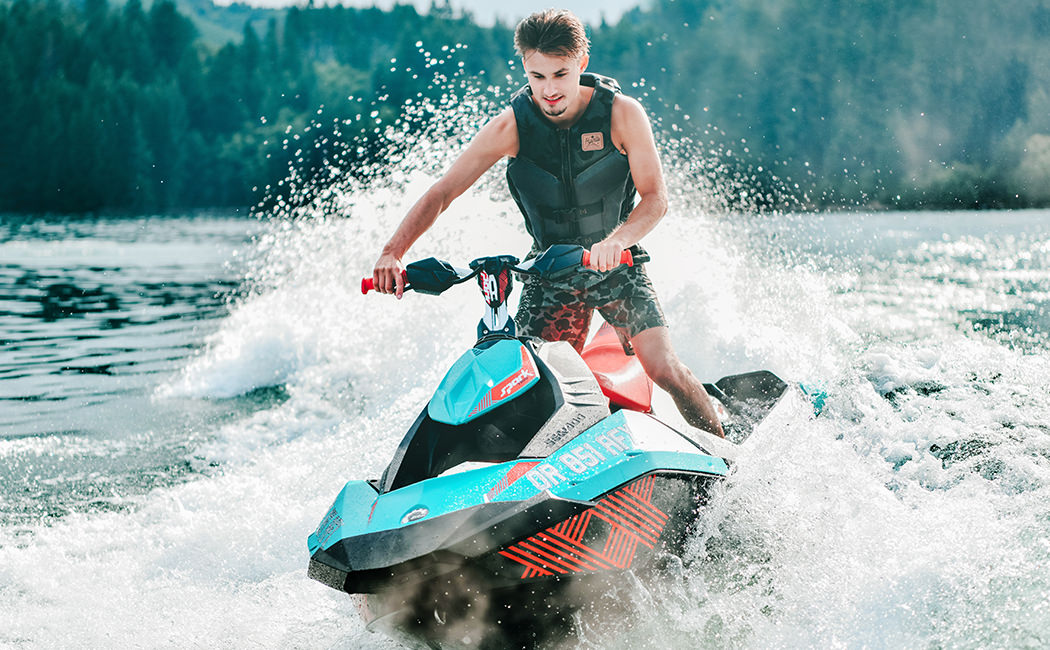
Choosing the right ski goggle lenses is essential for a better skiing experience. Good lenses not only improve visibility in different light conditions but also protect your eyes from UV rays, wind, and debris. This reduces eye strain and fatigue, so you can enjoy skiing longer and more comfortably.
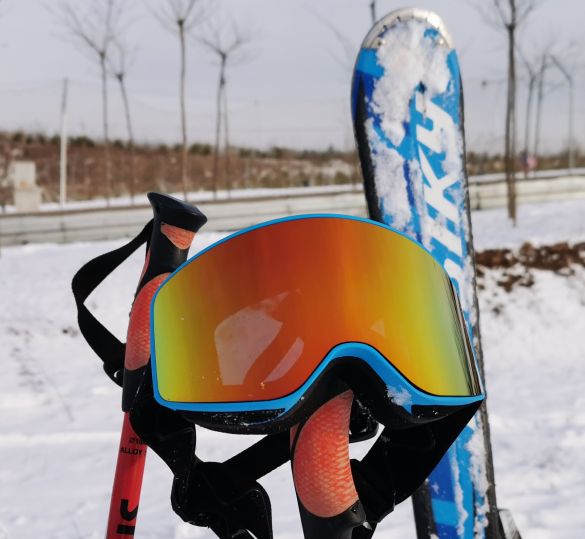
Key Considerations
Choosing the right ski goggle lenses can greatly improve your skiing experience. They enhance visibility in different light conditions and protect your eyes from UV rays, wind, and debris. This reduces eye strain and fatigue, allowing you to ski comfortably for longer.
1. Lens Shapes: Spherical vs. Cylindrical vs. Toric
The shape of your ski goggle lenses impacts both your field of view and optical clarity:
- Spherical Lenses: These lenses curve both horizontally and vertically, providing a wider field of view and superior optical clarity with minimal distortion. Although they may be pricier, they are well worth the investment for serious skiers.
- Cylindrical Lenses: Curving horizontally, these lenses offer solid performance at a more affordable price point. While they may exhibit slightly more peripheral distortion compared to spherical lenses, they remain a dependable choice for many skiers.
- Toric Lenses: Combining elements of both spherical and cylindrical lenses, toric lenses curve horizontally and vertically to a moderate degree. They strike a balance between field of view, optical clarity, and cost-effectiveness.
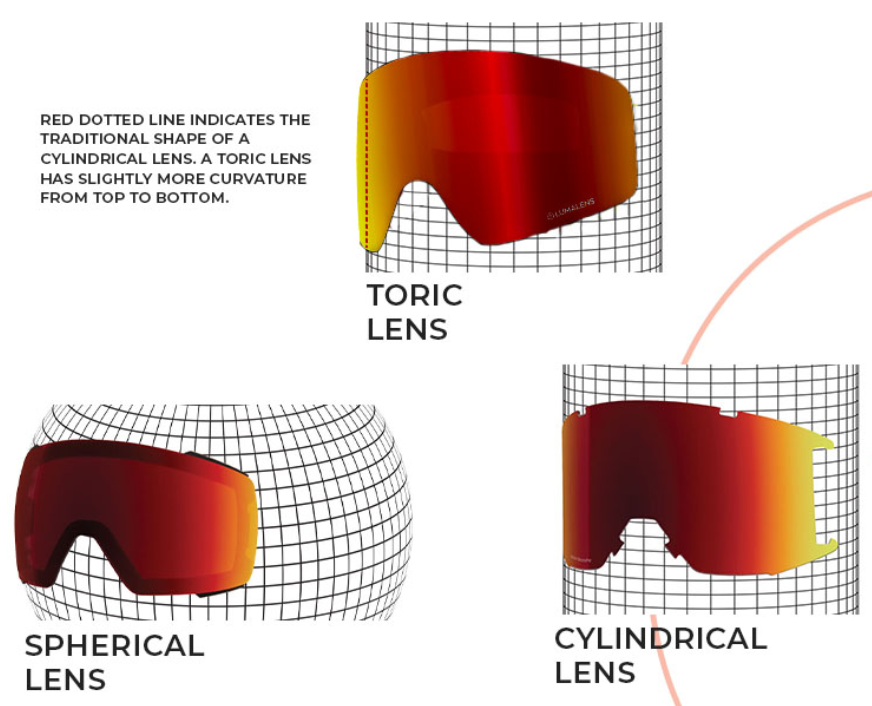
2. Anti-Fog Solutions
Don’t let fogged lenses spoil your skiing adventure. Here are effective solutions to combat fog:
- Ventilation: Opt for goggles designed with ample ventilation to promote airflow and minimize fogging.
- Double Lenses: These lenses create a thermal barrier that effectively prevents fog buildup.
- Anti-Fog Coating: Many modern goggles feature an anti-fog coating on the inner lens surface to maintain clear vision. Always refer to the packaging instructions for guidance when selecting ski goggles.
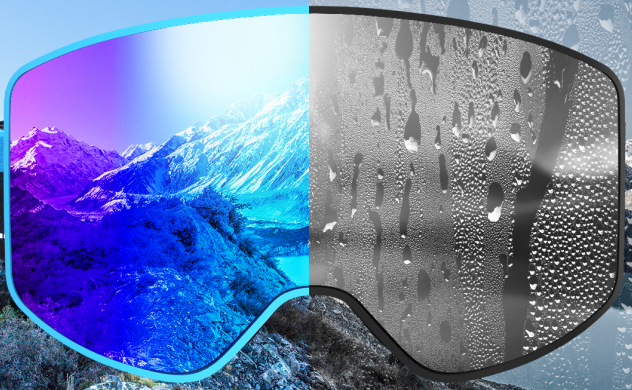
3. UV Protection
Ensure your goggles offer 100% UV protection to shield your eyes from harmful rays.
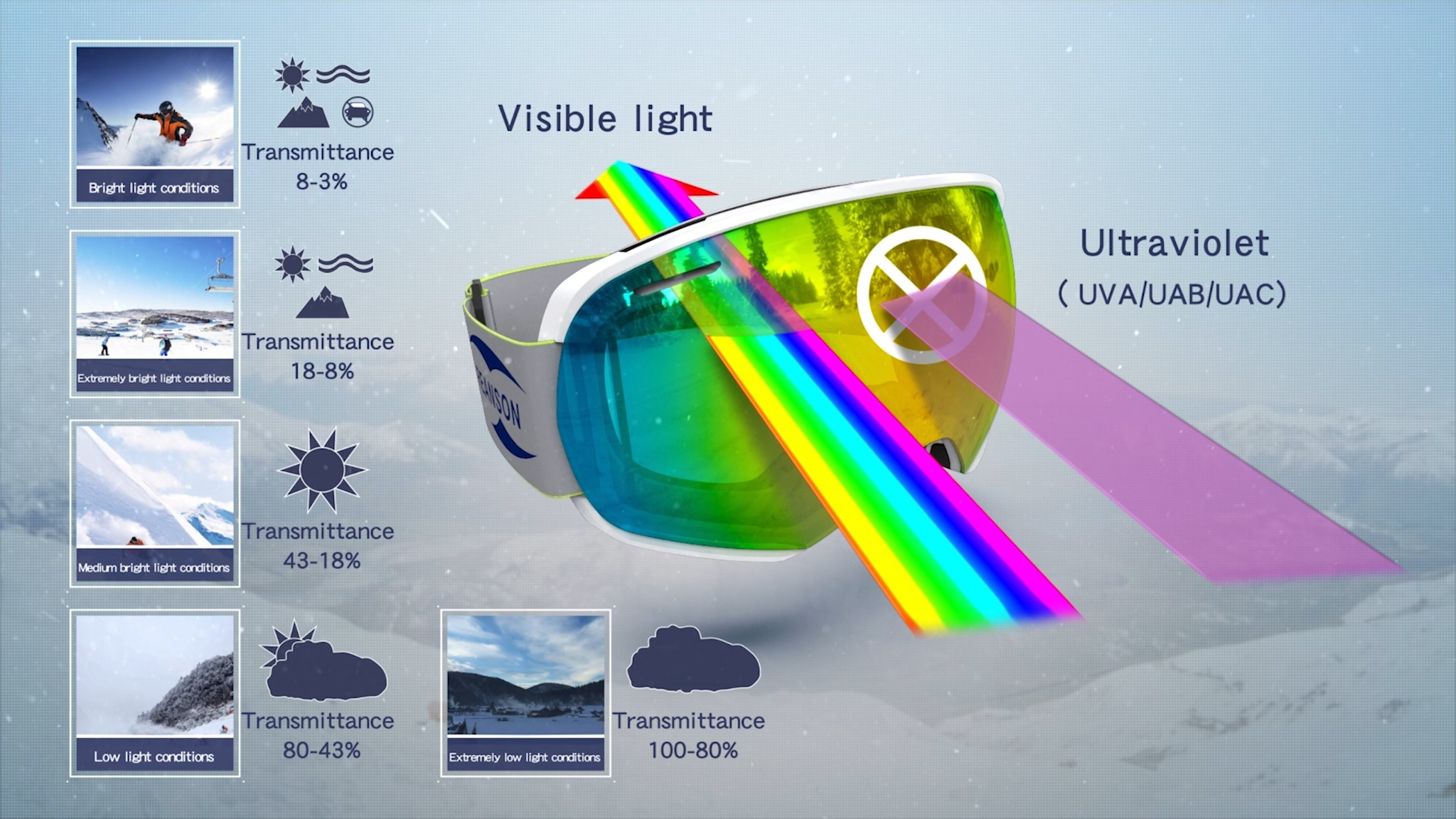
4. Choosing the Right Lens Color
Selecting the appropriate lens color is vital for optimizing visibility and comfort across varying light conditions. Here’s a breakdown based on updated light transmission categories from S1 to S3:
- Light Colors (Clear, Yellow, Orange, Amber – S1): Ideal for low-light conditions such as cloudy or snowy days, these lenses enhance contrast and depth perception with light transmission ranging from 80% to 43%.
- Dark Colors (Gray, Brown, Purple – S2&S3): Perfect for bright, sunny days, these lenses reduce glare and provide accurate color perception, with light transmission levels spanning from 43% to 8%.
Special Lens Types
- Mirrored Lenses: With variations based on different base colors, mirrored lenses achieve light transmission levels across any category from S1 to S3. Their reflective coating effectively diminishes glare and eye strain in bright conditions.
- Photochromic Lenses: Photochromic lenses are designed to dynamically adjust their tint based on the intensity of light. This adaptive feature allows them to darken in bright light conditions and lighten in low light conditions, providing versatility across varying weather conditions. As a result, their light transmission levels can vary across the S1 to S3 categories, ensuring optimal visibility and comfort for skiers in any lighting environment.
- Polarized Lenses: Specifically engineered to reduce glare from reflective surfaces like snow and ice, polarized lenses enhance contrast and clarity. They are particularly advantageous on sunny days with strong reflections.
- High-Definition (HD) Lenses: HD lenses are crafted to enhance visual clarity and sharpness, providing a crisper and more detailed view of the terrain. These lenses utilize advanced optics to reduce distortion and improve color accuracy, making it easier to spot obstacles and variations in the snow. HD lenses are especially beneficial in variable light conditions, ensuring a consistently clear and vivid perspective.
By mastering these essential aspects of ski goggle lenses, you can confidently choose the perfect pair that aligns with your skiing needs and personal preferences. Investing in the right lenses will not only amplify your comfort and safety but also optimize your performance on the slopes. Happy skiing!
